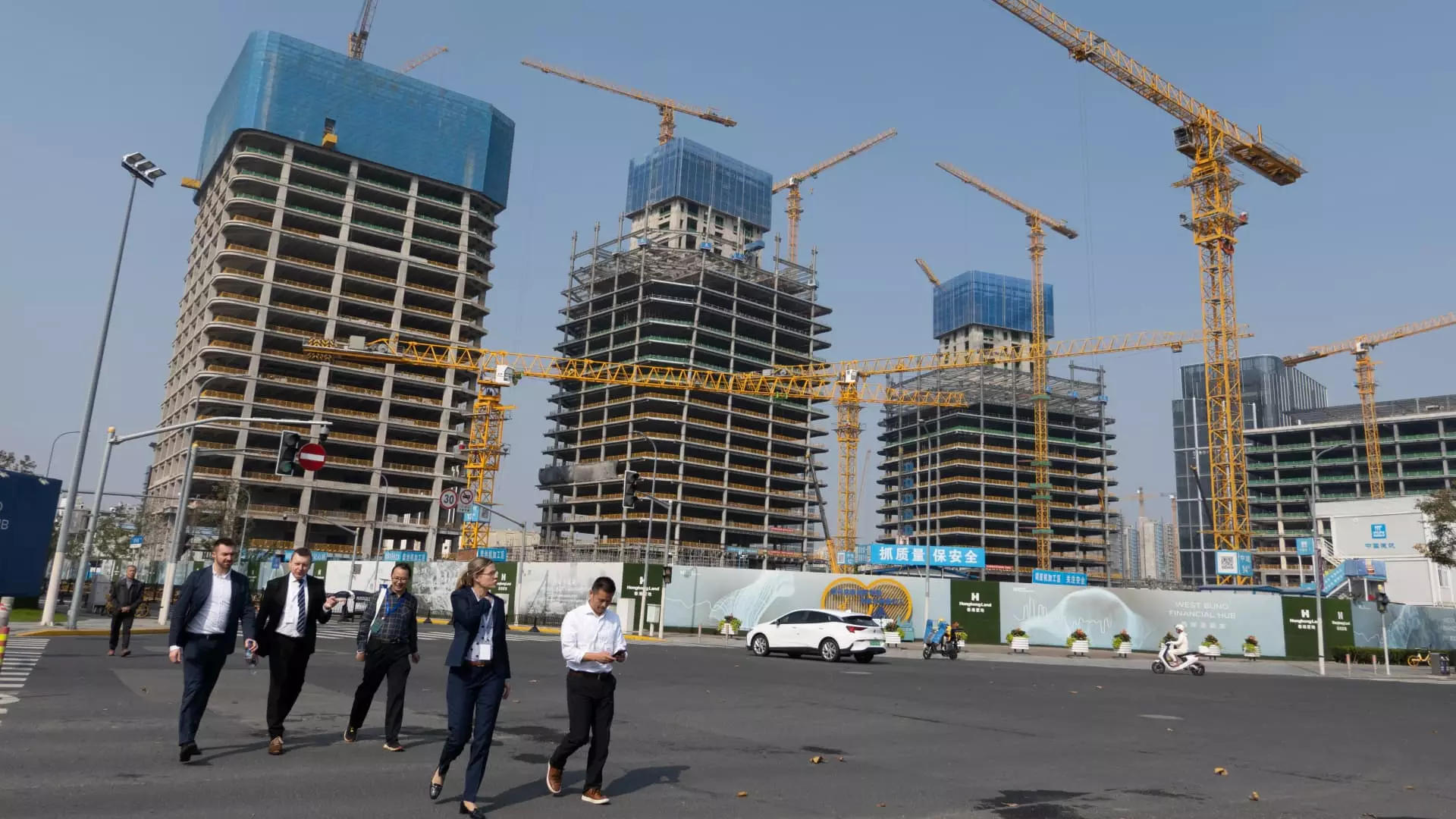As China’s parliament concludes its five-day session, analysts and investors alike are keenly observing the likely unveiling of fresh stimulus measures. Since late September, there’s been a noticeable uptick in the government’s proactive stance towards economic rejuvenation, signaling a collective urge to mitigate the ongoing slowdown. President Xi Jinping’s convening on September 26, focusing on bolstering fiscal and monetary supports, highlights an urgent push to revive the ailing real estate market—a crucial pillar of the Chinese economy.
The Role of the People’s Bank of China
The People’s Bank of China has already undertaken several interest rate cuts, illustrating a willingness to implement easier monetary policies. However, the complexities of government finance policies necessitate parliamentary endorsement, particularly from the National People’s Congress. This essential legislative body operates with a high degree of influence over budget appropriations and fiscal allocations, making its meetings a focal point for potential economic changes. Past sessions, notably in October of the previous year, have seen unprecedented adjustments, such as the deficit increase from 3% to 3.8%. Thus, the current expectation is that an expansion in fiscal capacity may soon follow, particularly in light of global economic pressures exacerbated by U.S. foreign policy shifts.
The geopolitical landscape adds another layer of uncertainty surrounding China’s economic strategies. Following the recent U.S. election and Donald Trump’s assertive stance on Chinese imports, experts believe that intensified fiscal support may be a neccessity rather than a choice. However, caution remains prevalent among analysts, as there is speculation that Beijing may adopt a conservative approach, potentially hesitating to provide straightforward benefits directly to consumers. This hesitancy stems from the pressing concern regarding local government debt, which has reached alarming levels amidst a contracting real estate sector.
Finance Minister Lan Fo’an’s comments regarding the urgency of addressing local government debt issues underscore the delicate balance Beijing must strike. As regional authorities grapple with a stark decline in revenues due to the real estate downturn and elevated expenditures resulting from Covid-19 containment measures, the pressure for a sound fiscal policy becomes even more evident. Reports suggest the National People’s Congress is considering a plan to enhance the borrowing limits for local governments—an essential move given that an estimated 50 trillion to 60 trillion yuan ($7 trillion to $8.4 trillion) in hidden debts looms large over the economy.
Analysts predict that allowing an additional 10 trillion yuan in local government debt issuance could significantly alleviate financial pressures, potentially saving these governments approximately 300 billion yuan in annual interest payments. This maneuver not only aims to stabilize the immediate fiscal landscape but may also provide a longer-term strategic framework for sustaining economic growth amidst global uncertainties. China stands at a crossroads: the decisions made in the wake of the parliamentary meeting will likely have profound implications—not just for its economic trajectory but for its positioning in the international arena as well. The delicate interplay between domestic policies and global economic dynamics will determine the effectiveness of these anticipated stimulus measures in revitalizing China’s economy.

